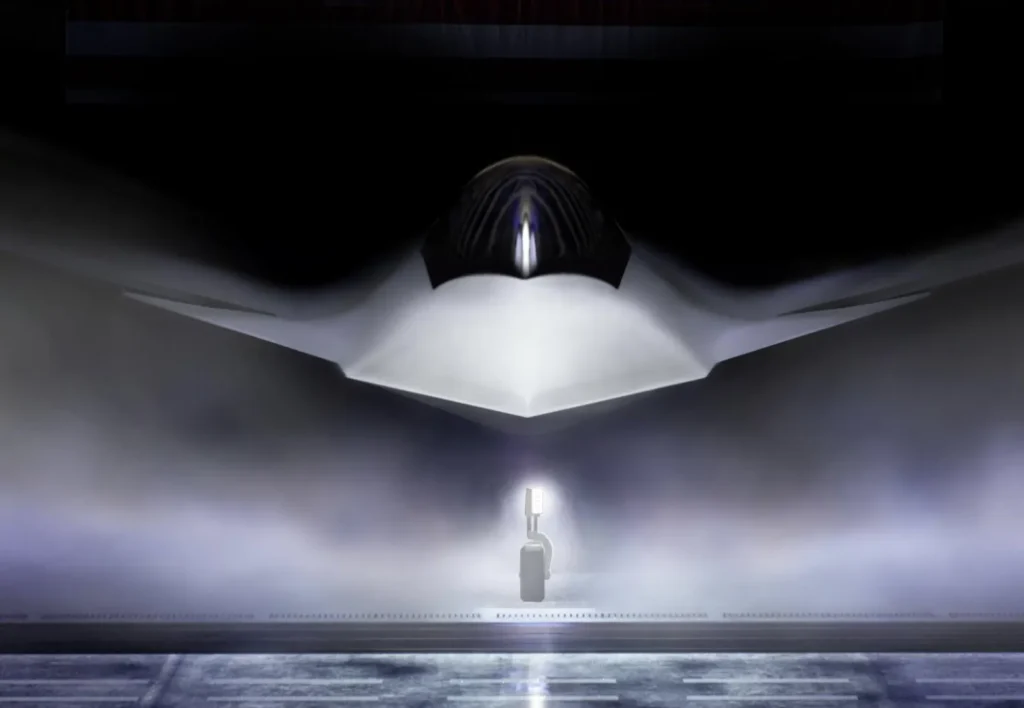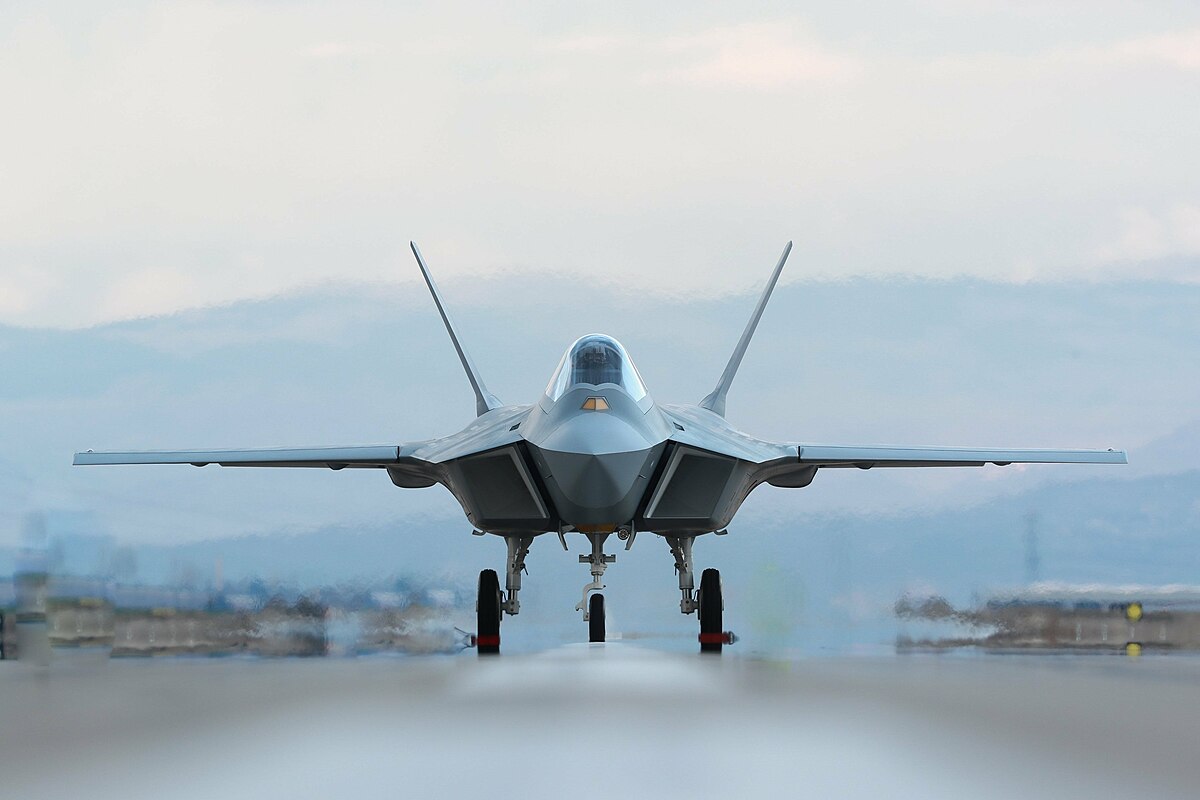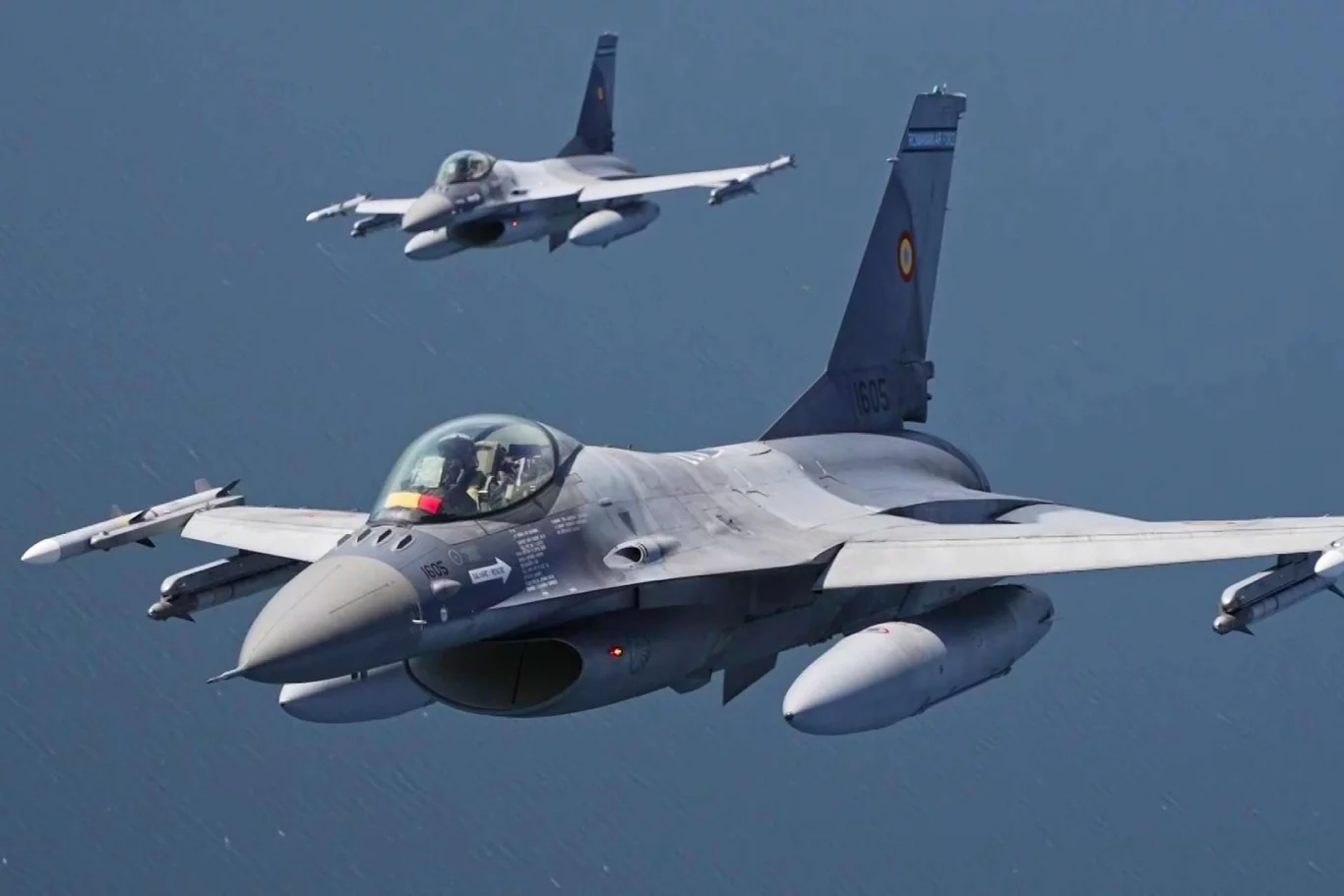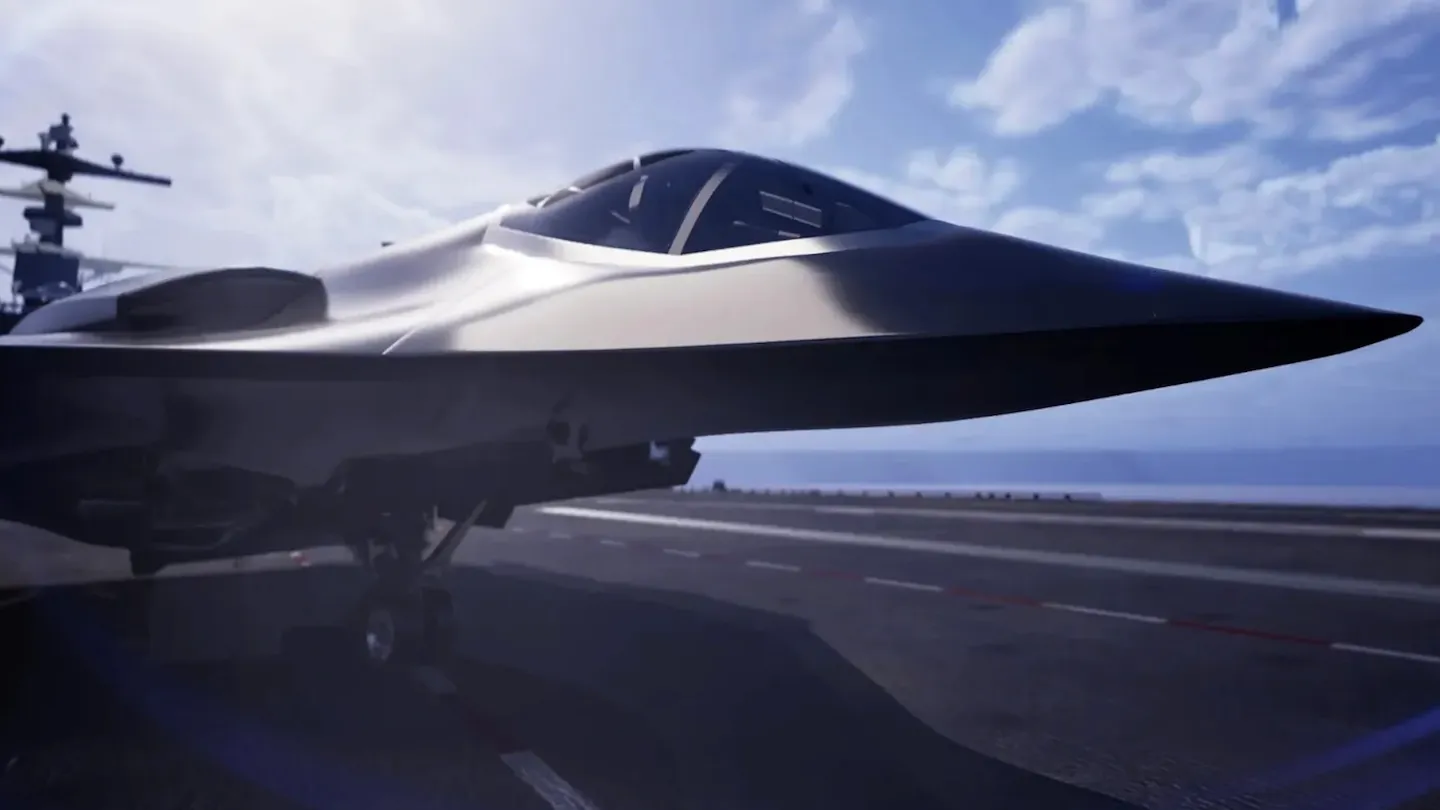Lockheed Martin is forging a bold path forward with its ambitious plan to develop a “Fifth Generation Plus” variant of the F-35 Lightning II, positioning it as a critical bridge to the sixth-generation F-47, currently under development by Boeing. Announced during the company’s second-quarter earnings call in July 2025, CEO Jim Taiclet outlined a strategic vision to integrate advanced technologies from Lockheed’s Next Generation Air Dominance (NGAD) research into the F-35, enhancing its capabilities to deliver 80% of sixth-generation performance at half the cost. This move comes after Lockheed’s unexpected loss to Boeing in the U.S. Air Force’s (USAF) NGAD competition and its withdrawal from the U.S. Navy’s F/A-XX fighter jet program, signaling a pivot to leverage the F-35’s global fleet of over 3,500 aircraft as a platform for transformative upgrades.
Taiclet’s vision for the F-35 Fifth-Plus Generation variant is rooted in a pragmatic approach to bridge the capability gap between today’s fifth-generation fighters and the future sixth-generation F-47, which may not be fielded for several years. “We’re going to port a lot of our own NGAD R&D over to the F-35 and potentially the F-22 as well,” Taiclet stated, emphasizing the goal of achieving near-sixth-generation effectiveness at a significantly lower cost. This strategy builds on earlier remarks from April 2025, where Taiclet likened the upgrade to transforming the F-35’s existing chassis into a “Ferrari” or a “NASCAR upgrade,” incorporating cutting-edge technologies co-funded through NGAD and F-35 programs. The approach aims to deliver a cost-effective solution that enhances the F-35’s relevance in an era of rising costs, delivery delays, and debates over the role of manned fighters in modern warfare.

The Fifth-Plus Generation F-35 is envisioned to integrate 80% of sixth-generation capabilities, including advanced stealth, AI-driven autonomy, crewed-uncrewed teaming, and enhanced command-and-control systems. Taiclet highlighted that the upgraded F-35 would feature improved passive infrared sensors, enabling the detection of adversaries at greater distances without compromising its position. Additionally, low-observable materials, advanced geometries, and countermeasures developed for Lockheed’s NGAD bid will enhance the aircraft’s stealth, making it harder for enemies to detect. These upgrades align with the USAF’s infographic from May 2025, which described the F-47 as having “stealth++” capabilities, surpassing the F-35’s “stealth” and the F-22 Raptor’s “stealth+” designations. By incorporating these advancements, the F-35 aims to offer superior survivability and lethality in contested environments.
Cost efficiency is a cornerstone of Lockheed’s strategy, particularly in light of the NGAD program’s cancellation in 2024 due to its projected $300 million per-unit cost—three times that of the F-35. Taiclet emphasized that the Fifth-Plus Generation variant would deliver 80% of sixth-generation effectiveness at 50% of the cost, making it a compelling option for the Pentagon and USAF. “The best-value option for the U.S. government going forward will be the F-35 in its fifth-plus iteration,” Taiclet asserted, noting that it could serve as a critical bridge for up to a decade until the F-47 is fully operational. While the F-47’s timeline remains optimistic—projected for 2025 to 2029—the F-35 upgrade is expected to be fielded within three years, offering a rapid and cost-effective enhancement to USAF capabilities.
The F-35’s upgrade plan draws inspiration from successful precedents, such as Boeing’s F-15EX, which modernized a fourth-generation platform with advanced technology to create a 4.5th-generation fighter. Similarly, Lockheed aims to integrate NGAD-derived technologies into the F-35’s existing framework, leveraging its global production scale and operational footprint. With over 3,500 F-35s projected to be in service worldwide, the platform’s versatility and widespread adoption make it an ideal candidate for such upgrades. Taiclet also hinted at potential enhancements for the F-22 Raptor, which is slated to remain combat-capable for another decade, though specific details on Raptor upgrades remain limited.
The F-35 program has faced scrutiny over delivery delays, rising costs, and software challenges, particularly with the Block 4 upgrade and the Technology Refresh 3 (TR-3) configuration. Lockheed began manufacturing TR-3 F-35s in summer 2023, but deliveries were halted until July 2024 due to incomplete developmental testing. Since resuming, Lockheed has delivered 207 F-35s, including 50 in the second quarter of 2025, with plans to deliver 170 to 190 aircraft this year. Despite these challenges, Taiclet defended the F-35’s relevance, citing its performance in Operation Midnight Hammer in June 2025, where F-35s and F-22s led a USAF strike on Iran’s nuclear facilities. The aircraft operated undetected in highly contested airspace, providing air dominance, defense suppression, and orchestration of multiple platforms, including space and maritime assets, demonstrating their critical role in modern combat.
The Fifth-Plus Generation initiative responds to broader debates about the F-35’s role in an era of proliferating unmanned systems. Critics, including Elon Musk, have questioned the relevance of manned fighters, arguing that drones dominate modern battlefields. However, Taiclet and F-35 advocates counter that manned aircraft remain essential for complex missions requiring real-time decision-making and multi-domain integration. The F-35’s ability to coordinate with fourth-generation aircraft, unmanned systems, and other assets underscores its value as a force multiplier. The proposed upgrades, including AI autonomy and crewed-uncrewed teaming, aim to further enhance this capability, ensuring the F-35 remains a cornerstone of USAF operations.
Lockheed’s pivot to the Fifth-Plus Generation F-35 reflects a strategic adaptation to recent setbacks in the NGAD and F/A-XX competitions. Feedback from the USAF on the NGAD decision has informed Lockheed’s approach, driving innovations in stealth, sensors, and electronic warfare. The company is also exploring Block 5 upgrades and beyond, building on the troubled Block 4 program, which has faced delays due to software integration issues. By leveraging NGAD technologies, Lockheed aims to future-proof the F-35, ensuring it can counter evolving threats in contested environments, such as those posed by advanced air defenses and hypersonic systems.
The Fifth-Plus Generation F-35 represents a pragmatic and innovative approach to maintaining air superiority while managing costs. By integrating sixth-generation technologies into a proven platform, Lockheed Martin seeks to extend the F-35’s operational relevance, support NATO allies, and provide a bridge to the F-47. As the USAF navigates budgetary constraints and strategic priorities, the upgraded F-35 could offer a versatile and cost-effective solution, reinforcing Lockheed’s position as a leader in aerospace innovation and ensuring the F-35 remains a critical asset in global defense.




